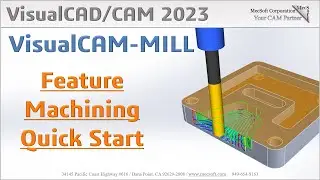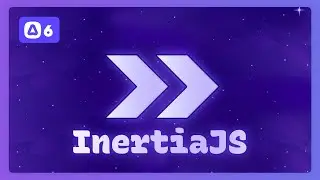Building with AdonisJS & Inertia: 1.0 - What Is InertiaJS?
We'll discuss what InertiaJS is, what it helps with, its adapters, and more.
👍 If You Enjoy This Video, Consider Hitting The Like Button!
🥁 Subscribe To Stay Notified For New Videos: https://www.youtube.com/adocasts?sub_...
🎯 Subscribe to Adocasts Plus to gain access to all our lessons and more!
https://adocasts.com/pricing
🧾 Find The Code For This Lesson Here: https://github.com/adocasts/building-...
What Exactly is InertiaJS?
InertiaJS describes itself as a modern monolith. It’s not a framework but a middleman between the server and the client, enabling a seamless developer experience. This allows us to build client-side single-page applications (SPAs) as well as server-rendered apps in a way that leverages typical monolithic data flows without the need for an API. Instead, the server can directly pass data to the client-side application, just as it would with any server-side template engine like EdgeJS.
InertiaJS is framework-agnostic and supports various server and client-side frameworks. On the server side, this includes Laravel, AdonisJS, Rails, Go, Django, Flask, and more. Then, on the client side, Vue, React, Svelte, and Solid.
One of the primary advantages of AdonisJS over other backend frameworks is that it’s written in TypeScript and JavaScript, just like the frontend frameworks. This consistency allows us to share some types and even code between the backend and frontend.
What We'll Be Building
Throughout this series, we'll be building an application called PlotMyCourse. We’ll start with the basics of how InertiaJS works and how it binds the backend and frontend together. Then, we’ll focus on building out complete features using AdonisJS as our backend framework, InertiaJS as our middleman, and Vue on the frontend.
🕑 Chapters
00:00 - What Is InertiaJS?
01:04 - InertiaJS Adapters
01:27 - AdonisJS' Benefit
01:40 - About This Series
-------------------------Socials--------------------------
🕸️ Website: https://adocasts.com
🐦 Twitter: / adocasts
👍 GitHub: https://github.com/adocasts































